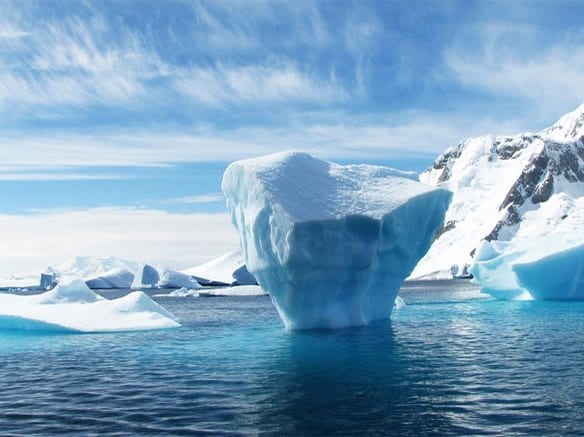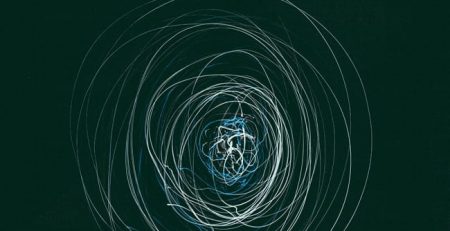Polar Bears Could be Extinct by End of the Century
Global warming is driving polar bears toward extinction according to a new study published in the journal Nature Climate Change, The New York Times reports.
The polar bear’s main habitat is sea ice, where they hunt seals for sustenance. Some bears are able to remain on the ice all year long, but many are forced to shore in the spring and summer months when ice in certain areas melts. While there isn’t enough food on land to sustain the polar bear population, the good news is bears are able to fast for several months, using the energy from the fat they’ve built up while hunting seals on the ice.
For this study, lead author Peter K. Molnar of the University of Toronto and his colleagues looked at 13 subpopulations of polar bears that represent approximately 80 percent of the total bear population. They calculated the energy the bears require in order to determine how long they could survive while fasting. At the same time, they examine climate-model projections of ice-free days to 2100 if present rates of warming continue and “determined that, for almost all of the subgroups, the time that the animals would be forced to fast would eventually exceed the time that they are capable of fasting.”
In short – they would starve.
Even under modest warming projections, many subgroups still would not survive. “There’s going to be a time point when you run out of energy,” Molnar said. “Not only do the bears have to fast for longer and need more energy to get through this, they also have a harder time to accumulate this energy.”
While there are some groups that may claim this issue is blown out of proportion, there are those such as Andrew Derocher, a polar bear researcher at the University of Alberta who was not involved in the study, who agree with the study’s findings. “The study shows clearly that polar bears are going to do better with less warming,” Derocher said. “But no matter which scenario you look at, there are serious concerns about conversation of the species.”














